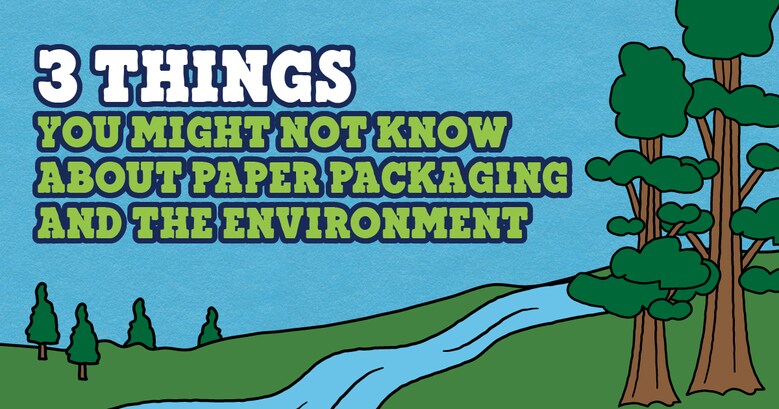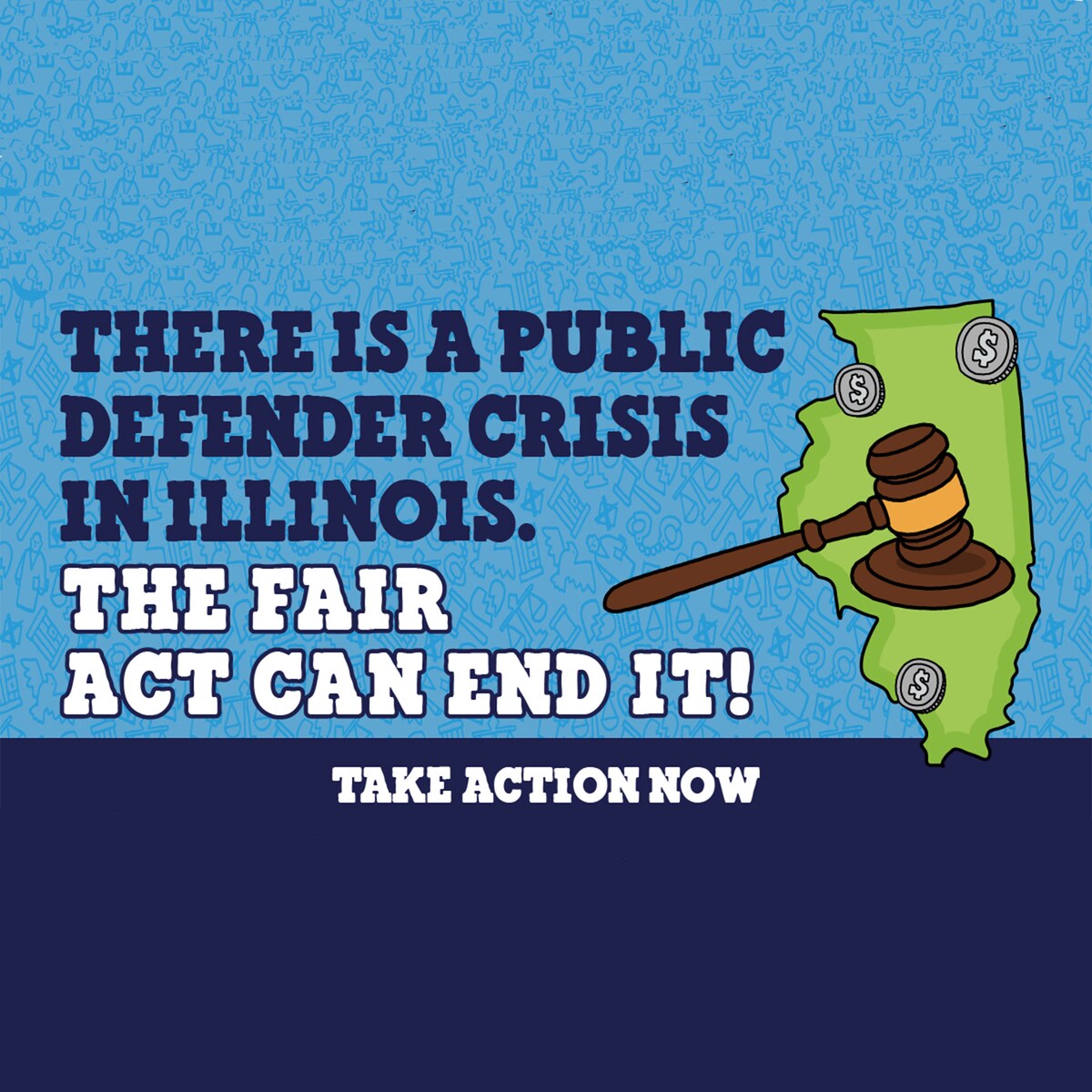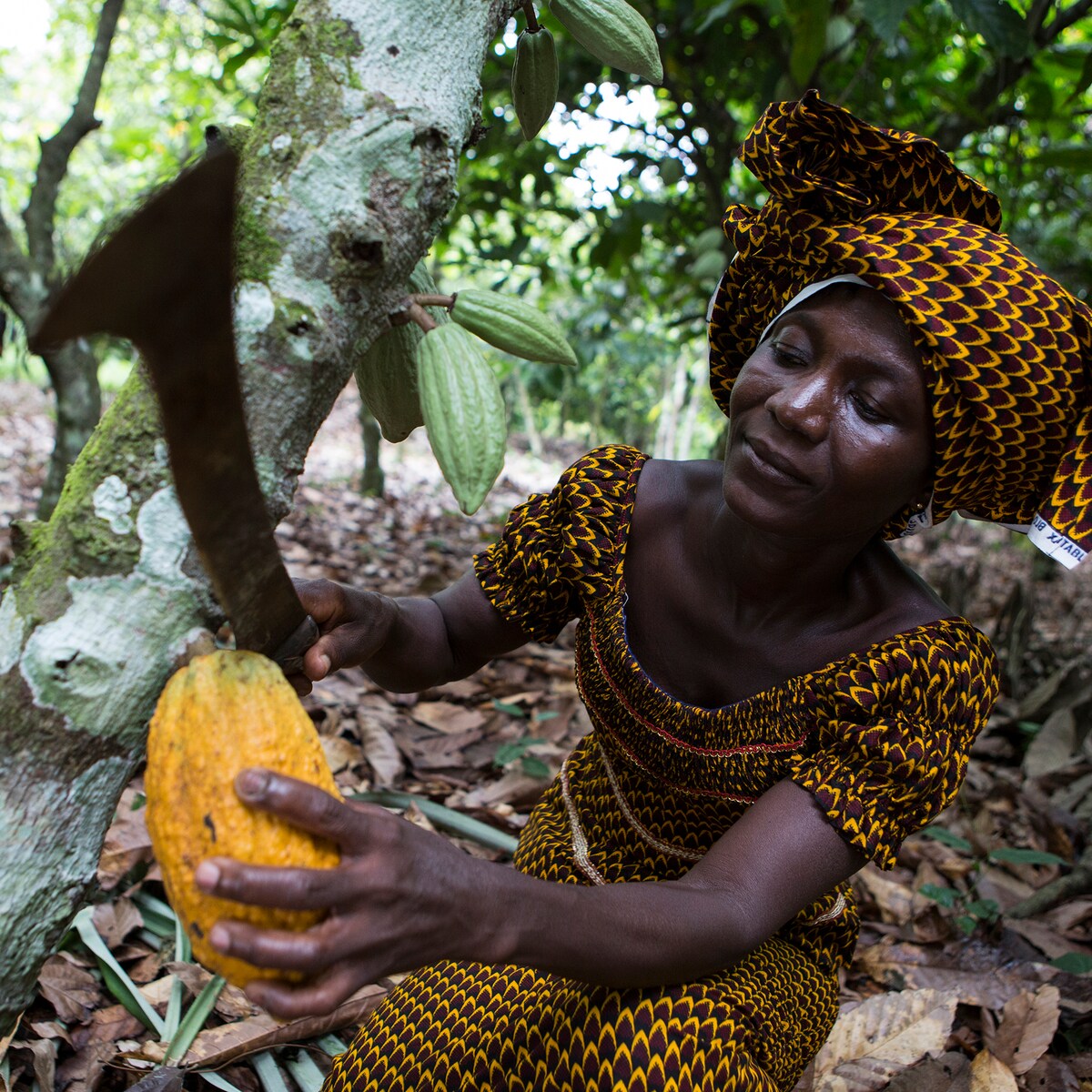Paper packaging uses a lot of trees
Three billion trees are cut down every year to meet the global demand for paper packaging. How many trees is that? Imagine an area the size of Germany, or 2.5 times the size of New York, being cleared each year.
That’s why focusing on reducing materials and using recycled paper and alternative fibers in packaging is so important.



